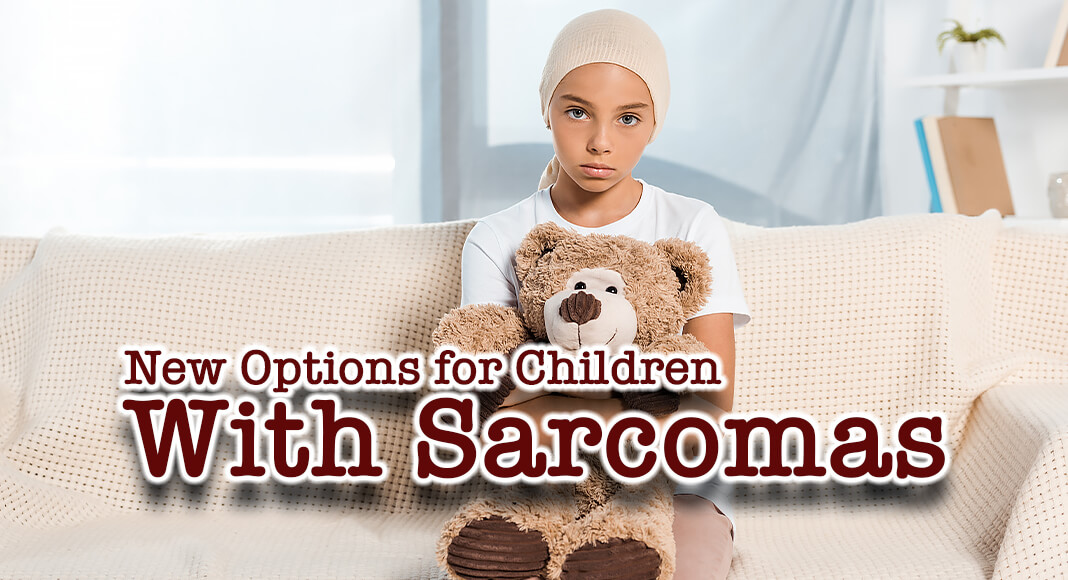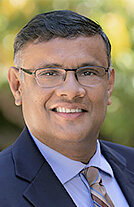
Mega Doctor News
Q&A With Cedars-Sinai Guerin Children’s Pediatric Hematologist-Oncologist Leo Mascarenhas, MD, MS

Leo Mascarenhas, MD, MS, has an important message for parents whose children have been diagnosed with sarcoma, a type of cancer that develops in the bones or soft
“For many children, there are treatment options and even a cure,” said Mascarenhas, recently appointed as director of Pediatric Hematology & Oncology at Cedars-Sinai Guerin Children’s and as medical director of the Sarcoma Program at Cedars-Sinai Cancer.
He recently spoke with the Cedars-Sinai Newsroom about the clinical care and research he will lead at Cedars-Sinai.
When a child is diagnosed, what is the most important thing for parents to know?
It’s critical patients receive care from an expert team with extensive knowledge in diagnosing and treating sarcomas. A multidisciplinary team is crucial to a patient’s outcome because these diseases are complex. A typical sarcoma diagnosis requires expertise from an oncologist, surgeon, radiation oncologist, pathologist, radiologist, and, nowadays, a molecular geneticist. All that information is used to make the best possible treatment plan.
These patients also need expert nurses, physical therapists and occupational therapists. Treatment for these conditions can be hard on patients and their families, so psychological support every step of the way and connection to a support peer group are really important.
What progress has been made in the diagnosis and treatment of pediatric sarcomas in recent years?
Treatment for sarcomas generally involves a combination of surgery, chemotherapy and/or radiation. However, we typically don’t need to use all three modalities to treat pediatric patients. At Cedars-Sinai Guerin Children’s, we create a custom treatment plan for each patient, depending on the stage of their disease and how much tumor was removed during surgery.
With the expanding knowledge of genetics and molecular genetics, we have learned that many sarcomas are actually driven by mistakes that occur with genes. Understanding the biology of how sarcomas grow and spread is an important aspect of how we can further advance new treatment approaches.
What have scientists learned from studying the genetics of sarcomas?
There is a unique sarcoma that primarily occurs in very young children, called NTRK fusion sarcomas. This is a type of sarcoma that occurs during development, when a gene called NTRK fuses with another gene. When we detect a fusion, it tells us what the exact diagnosis is—allowing us to recommend the best possible treatment combination for the patient to experience the best outcomes.
Today we utilize a drug called larotrectinib, which shrinks NTRK fusion sarcomas that are not responsive to chemotherapy. I was very fortunate to be involved with the development of that drug.
What will your research at Cedars-Sinai Guerin Children’s focus on?
I’m looking forward to working with a large group of scientists here to see how to translate discoveries in the lab directly to the care of patients. I will lead clinical trials for sarcomas and certain pediatric solid tumors to see if potential new treatments are actually helpful. Since sarcomas are rare, we are collaborating with other researchers and scientists here at Cedars-Sinai, around the country and around the world to improve outcomes.
What progress is being made in treating sarcomas?
Sarcomas are tough cancers. If the disease has not spread, children have the best possible outcomes. For children whose sarcoma has spread to other organs, there are still treatment options.
Our treatment arsenal has improved greatly. We have techniques such as liquid biopsy, a simple blood test that may be able to tell us if your cancer is under control or not. Our hope in the future is that rather than waiting for scans to tell us how you are doing, perhaps a blood test will also tell us. Treating the cancer when it’s still at a very low level in the body may allow the patient to actually be cured before the cancer manifests itself with symptoms that cause trouble.
We are also utilizing genomic medicine and immunotherapy to improve treatment options. I’m very hopeful—through collaborations at Cedars-Sinai, nationally and internationally—that we will be able to continue to fight this illness and improve outcomes for patients.
Read more on the Cedars-Sinai Blog: When Your Child Has Cancer | Tips for Parents
Information source: Cedars Sinai Newsroom











